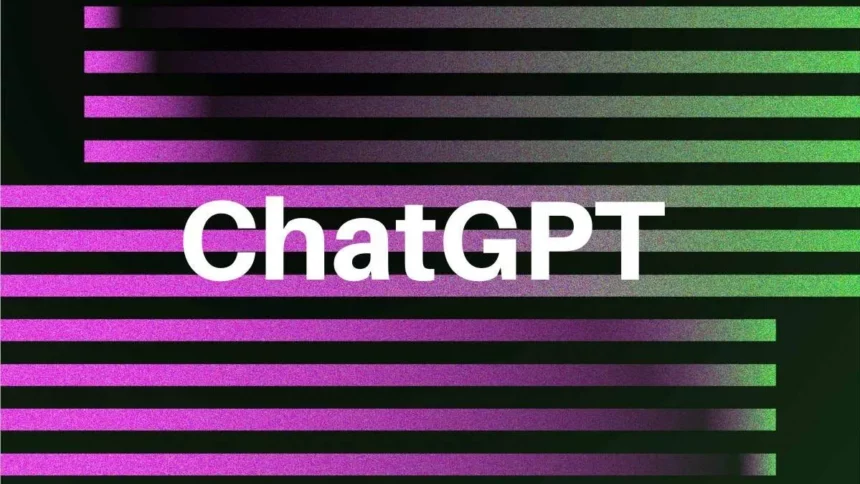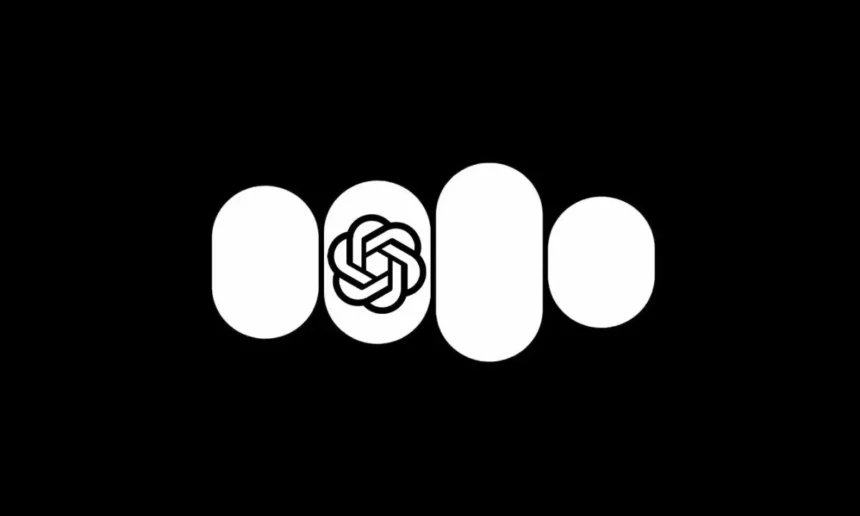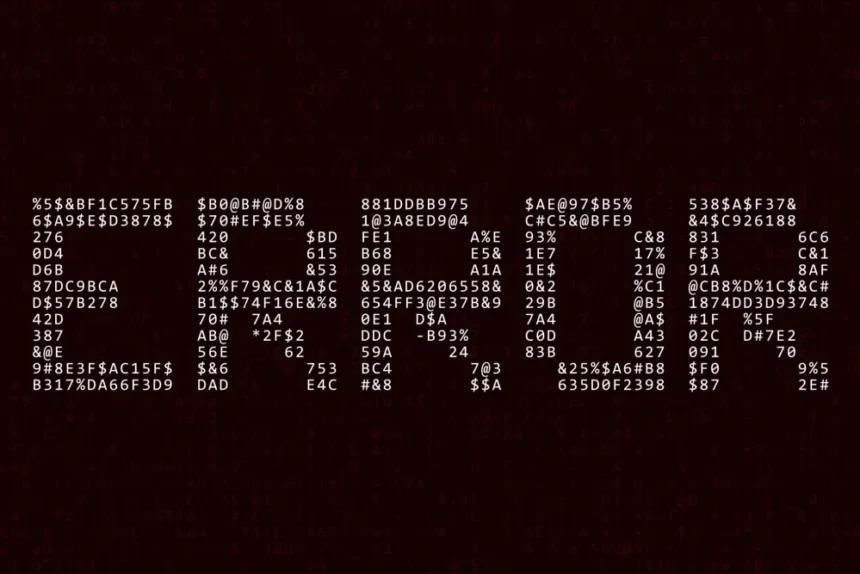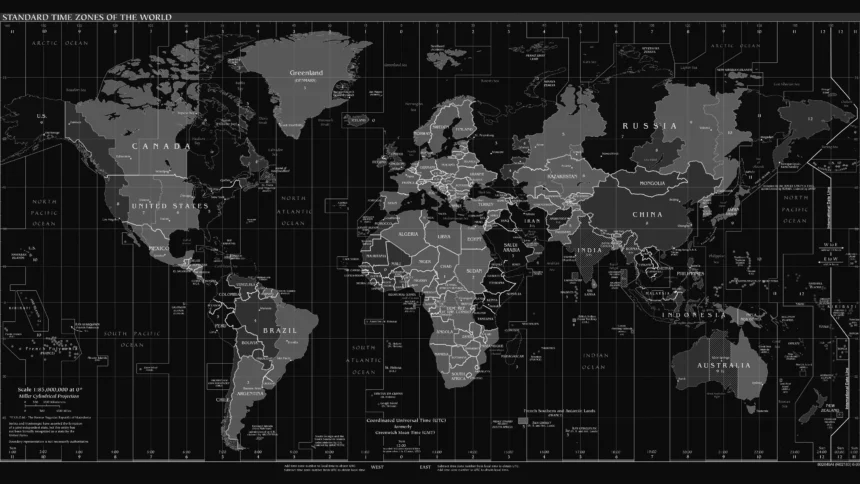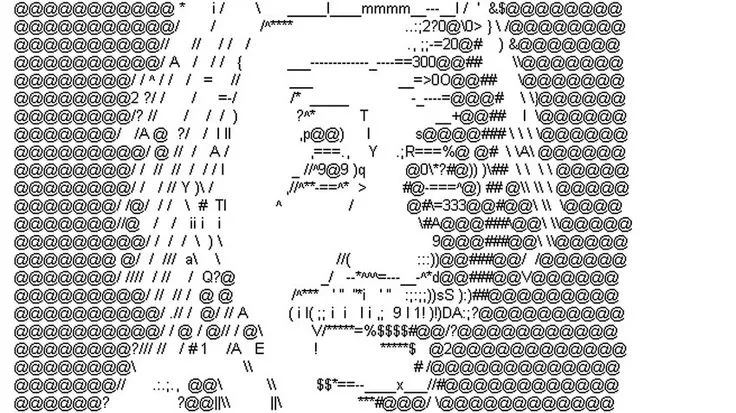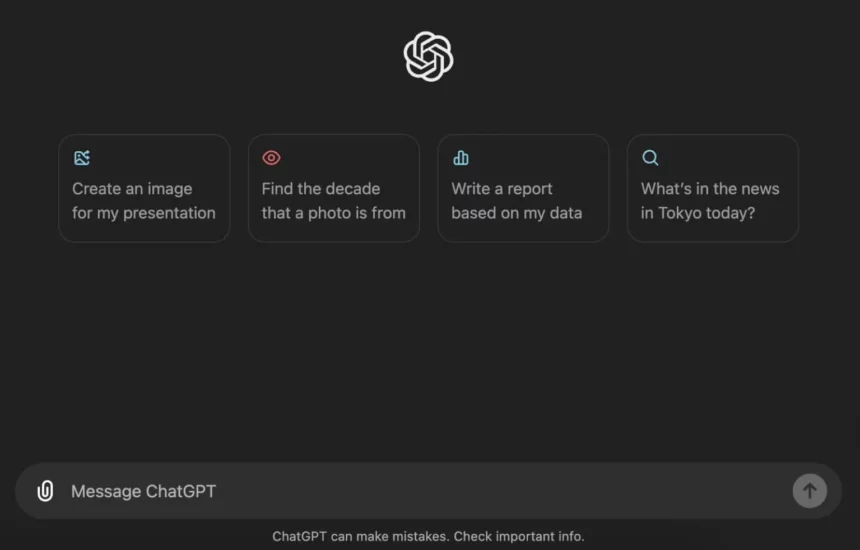Popular & Trending
How to Fix Authentication Errors in ChatGPT and Ensure Seamless Login
Authentication errors in ChatGPT usually occur when users attempt to log in using an incorrect method or face browser and network issues. These errors can obstruct access even if login worked previously. Common Causes of Authentication Errors Resolving Login Issues with ChatGPT Confirm Authentication Method Users must log in the same way they registered. For…
How to Use AI to Personalize and Change Lyrics in Popular Songs
Can I Change the Lyrics in Popular Songs Using AI? Yes, AI tools now allow users to change the lyrics in popular songs efficiently and effortlessly. These tools enable personalization of songs by modifying lyrics to fit individual stories, preferences, or themes. AI Tools for Changing Song Lyrics One effective example is the Lyric Changer…
Claude 2 vs GPT-4: Comparative Review of Leading LLMs
Claude 2 vs GPT-4: A Comparative Analysis of Two Leading AI Models Claude 2 and GPT-4 are two advanced large language models (LLM) redefining AI’s capabilities. Both excel in natural language tasks but differ in design, strengths, and targeted applications. Choosing between them depends on what users prioritize: contextual depth and ethics or versatility and…
Why New Accounts Cannot Generate Videos: Causes and User Impact
Video generation is temporarily disabled for new accounts. This limitation affects users who recently signed up and wish to use the video creation feature. Despite subscribing with expectations of accessing this capability, many new users find the feature unavailable. Notification and Communication Issues The restriction was not clearly communicated during the subscription or upgrade process.…
GPT-4o-transcribe: How Azure’s Real-Time Speech Recognition Delivers Accurate Transcriptions
What is GPT-4o-transcribe? GPT-4o-transcribe is a high-accuracy real-time transcription model designed by Azure OpenAI. It enables continuous speech-to-text conversion by streaming audio over WebSocket connections. This technology offers low latency, making it ideal for live captioning, voice assistants, and meeting transcription. A lighter alternative, GPT-4o-mini-transcribe, provides faster performance with slightly lower accuracy. Core Features of…
Where Are ChatGPT Servers Located and How They Power the AI Infrastructure
Where Are ChatGPT Servers Located? ChatGPT servers are primarily located within the United States, hosted mainly on Microsoft Azure data centers distributed across several key states. While exact server addresses are not publicly disclosed, the general geographic footprint and hosting infrastructure details provide insight into ChatGPT’s server positioning. Geographic Location of ChatGPT Servers OpenAI's ChatGPT…
How to Export ChatGPT Conversations Using ExportGPT for Easy File Management
How to Export ChatGPT Conversations Exporting ChatGPT conversations is efficient and flexible using the ExportGPT plugin, which enables users to copy or export chat content from the ChatGPT web interface in multiple formats. This plugin integrates directly into the ChatGPT page as a sidebar tool, providing quick access to export functions. Key Features of ExportGPT…
Do Colleges Verify Use of ChatGPT in Application Essays and How They Detect AI-Generated Content
Do Colleges Check for ChatGPT in Application Essays? Yes, colleges can and do check for ChatGPT use in application essays. Admissions officers have various methods and tools to detect whether an essay is written by AI like ChatGPT. While they may not catch every instance, many can identify AI-generated content through patterns and inconsistencies. Colleges…
Why ChatGPT Freezes: Causes, Fixes, and Prevention Tips
Why Does ChatGPT Keep Freezing? ChatGPT keeps freezing mainly due to high CPU and RAM usage, browser compatibility issues, network connectivity problems, and software bugs. These factors strain system resources and disrupt ChatGPT’s smooth operation. High CPU and RAM Usage ChatGPT’s web interface can demand significant system resources. Users report the ChatGPT tab consuming 20%…
Cohere vs OpenAI: Comparing Enterprise AI Providers in NLP and Business Applications
Cohere vs OpenAI: A Comparison of Enterprise Generative AI Providers Cohere and OpenAI are key players in the enterprise generative AI space, each offering large language models (LLMs) with distinct approaches to market and technological deployment. This article compares their enterprise adoption, technical models, infrastructure, use cases, and strategic positioning to highlight their differences and…


